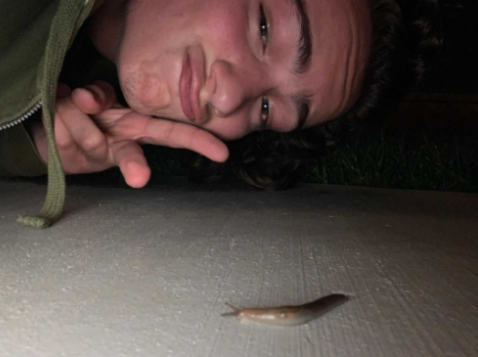Many of us enjoy the company of dogs in our homes, but the rich history of some of these breeds may oftentimes be unexpected and overlooked. The Borzoi serves as a prime example: from the hands of the Russian aristocracy to the art scene of 1920s America, this unique dog has seen it all.
The Borzoi has drawn the attention of animal lovers since the early 1500s. Originally called the Russian Wolfhound, Borzoi were bred to chase down game with their specialized speed and stamina. Russian nobles displayed large kennels of Borzoi in ceremonial hunts, where prey such as wolves and boar were greatly sought after.
“It looks like it was bred to be regal and set apart from other dogs,” Kayla Herbert, a local student, said when first viewing the dog. “I would make the assumption that it is good at running and might have been used to hunt prey such as rabbits. I don’t enjoy the build of this dog, but I can appreciate how unique it is.”
The breed began to decline in numbers in the mid 1800s after the collapse of the feudal system in Russia. Borzoi took an even bigger hit during the Bolshevik revolution, where the dogs, along with the nobility that cared for them, were slain. Luckily, the breed was revitalized in 1920s America by artists and breeders who admires the dogs’ elegant features. Today, Borzoi are popular household pets, and can be seen in commercials and magazines due to their distinct appearance.
“When I first gazed upon the facade of the borzoi, I was startled,” said Corrin Santolucito, a Junior here at Santa Rosa Academy. “Its triangular, Slavic jaw is shocking, yet I am enthralled by its aesthetic.”
The Borzoi’s long nose accentuates it’s sleek body, and its lean, muscular frame emanates the speed and stamina they were bred for. Borzoi fall into the category of sight-hound, meaning they follow prey with their eyes instead of their nose.
“He seems like a very tall and big dog that would shed a lot,” Santa Rosa Senior Quinn Cunningham said during his initial reaction to the Borzoi. “He has a very long shnoozer [nose], so he probably has a good sense of smell. He also has a very fancy name that I have never heard.”
With an ample amount of exercise to maintain their large, slender build, and the proper diet, Borzoi can be wonderful companions in the household thanks to their lovable temperament and feline character.



















